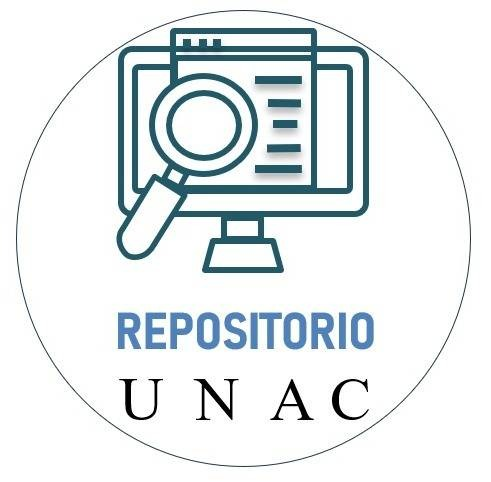Mostrar el registro sencillo del ítem
Enlace eléctrico submarino entre la Provincia Constitucional del Callao y la Isla San Lorenzo
| dc.contributor.advisor | Huayllasco, Carlos | |
| dc.contributor.author | Mayo de la Vega, Moisés Ismael | |
| dc.date.accessioned | 2016-07-20T21:32:04Z | |
| dc.date.available | 2016-07-20T21:32:04Z | |
| dc.date.issued | 2014 | |
| dc.identifier.other | T.621.3.M32e | |
| dc.identifier.uri | https://hdl.handle.net/20.500.12952/296 | |
| dc.description.abstract | En el diseño la linea eléctrica submarina los factores que más influyen son la máxima profundidad y la longitud. La profundidad máxima determina, junto con los parámetros eléctricos de tensión e intensidad, las dimensiones básicas de los cables tales como la sección del conductor, el espesor del aislamiento y el número de refuerzos externos. En cuanto a la instalación de la línea submarina, según se investigó se realizaría con un cable submarino trifásico, que sería tendido con un barco cablero equipado con sistema de posicionamiento dinámico que le permitirá seguir la trayectoria y permanecer inmóvil cuando las condiciones del mar exijan la detención de los trabajos, el tendido de cable se realizaría una sola vez no permitiéndose de ninguna manera algún tipo de empalme, de ser necesario el cable se alojaría en el fondo marino con la ayuda de un vehículo de control remoto, mientras que en cada extremo un equipo de submarinistas terminaría la labor con la ayuda de flotadores y barcos auxiliares. | es_PE |
| dc.description.abstract | The underwater power line design factors that most influence are the maximum depth and length. The maximum depth determines, along with the electrical parameters of voltage and current, the basic dimensions of cables such as the section of the conductor, insulation thickness and the number of externa! reinforcements. Path routing and maximum depth at which to dump the cable is unique and is at thís point that the greatest difficulty arises, information is scarce seabed and resolution plans made by the state authorities are just a photo seabed as this is in constant dynamism in the world every project is unique undersea electricity link despite their difficulties have always succeeded in installing. Regarding the ínstallatíon of submaríne line, as investigated would be done with a three-phase submarine cable, to be tended a rigger boat equipped with dynamic positioning system that will allow you to follow the path and remain motionless when sea conditions requiring stopping work, laying cable would be made once in any manner not allowing any type of joint, if necessary the cable stay on the seabed with the help of a remate control vehicle, while at each end a team of divers finish the work with the help of floats and auxiliary ships. | en_US |
| dc.format | application/pdf | es_PE |
| dc.language.iso | spa | es_PE |
| dc.publisher | Universidad Nacional del Callao | |
| dc.rights | info:eu-repo/semantics/openAccess | es_PE |
| dc.rights.uri | https://creativecommons.org/licenses/by-nc-nd/4.0/pe/ | * |
| dc.source | Universidad Nacional del Callao | es_PE |
| dc.source | Repositorio institucional - UNAC | es_PE |
| dc.subject | Enlace eléctrico submarino | es_PE |
| dc.subject | Provincia Constitucional del Callao | es_PE |
| dc.subject | Isla San Lorenzo - Callao | es_PE |
| dc.title | Enlace eléctrico submarino entre la Provincia Constitucional del Callao y la Isla San Lorenzo | es_PE |
| dc.type | info:eu-repo/semantics/bachelorThesis | es_PE |
| thesis.degree.name | Ingeniero Electricista | es_PE |
| thesis.degree.grantor | Universidad Nacional del Callao. Facultad de Ingeniería Eléctrica y Electrónica | es_PE |
| thesis.degree.level | Título Profesional | es_PE |
| thesis.degree.discipline | Ingeniería Eléctrica | es_PE |
| dc.publisher.country | PE | es_PE |
Ficheros en el ítem
Este ítem aparece en la(s) siguiente(s) colección(es)
-
Título Profesional [192]



